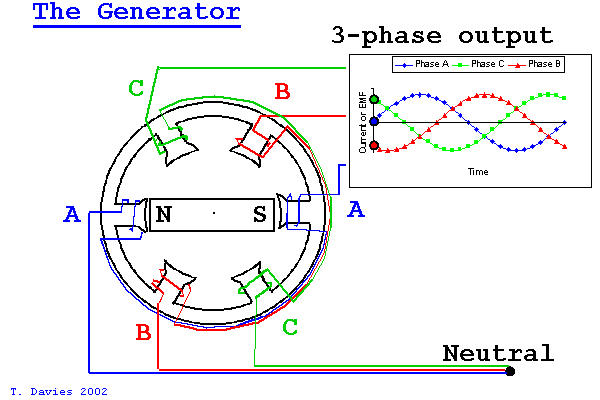Well that small volt gives me hope again, i'll find thicker metal disks and thicker neomagnets. Well as long as the turbin/water pressure takes it. That plastic rotor casing may kill the flux too.
Now that i readed good chapters in real electrotechnique french canadian scholars books i understand the basic principles.
I clearly saw how that volt got out and i heard my coils crying for more teslas
No voltage = no electromagnetic field. Even if my 3/4 neos are strong and that my rotors want to kiss each other - Means that my flux lines are still a mess. It can do it if i throw every plastic away for the rotors part and use thick metal disk instead of thin plates sticked behind plastic rotors.
Want to throw that turbin in the creek as soon as it can charge a 12 v battery and i will add homebrewed wind turbins before summer. In the end, i want to automatize my outdoor lighting and few devices in my chicken coop.
But i wanna go with peltier module and oven stove generator experiments first as i run two big stoves all winter here! Still interesting!
Now that i readed good chapters in real electrotechnique french canadian scholars books i understand the basic principles.
I clearly saw how that volt got out and i heard my coils crying for more teslas
No voltage = no electromagnetic field. Even if my 3/4 neos are strong and that my rotors want to kiss each other - Means that my flux lines are still a mess. It can do it if i throw every plastic away for the rotors part and use thick metal disk instead of thin plates sticked behind plastic rotors.
Want to throw that turbin in the creek as soon as it can charge a 12 v battery and i will add homebrewed wind turbins before summer. In the end, i want to automatize my outdoor lighting and few devices in my chicken coop.
But i wanna go with peltier module and oven stove generator experiments first as i run two big stoves all winter here! Still interesting!
Last edited:

